The beverage industry is buzzing with a new trend that's shaking up the market: THC-infused drinks. These cannabis-infused beverages are carving out a significant niche, offering a refreshing alternative to traditional edibles and smoking. With the global cannabis beverage market projected to reach $2.8 billion by 2025, growing at a compound annual growth rate of 17.8% from 2020, THC drinks are not just a passing fad but a burgeoning sector. This blog post dives into the world of THC drinks, exploring their appeal, science, market growth, and what makes them a game-changer for consumers seeking a unique experience.
A Sip of History: The Origins of THC Drinks
Cannabis has been consumed for centuries, from ancient Chinese teas to Indian bhang, a milky cannabis-infused drink used in religious rituals. However, modern THC drinks emerged with the legalization wave sweeping North America. In 2018, Canada legalized recreational cannabis, followed by several U.S. states, creating a fertile ground for innovation. By 2020, the U.S. cannabis beverage market alone was valued at $545 million, with companies like Cann and Keef introducing sparkling THC seltzers and colas. These drinks blend nostalgia with novelty, offering flavors reminiscent of childhood sodas but with a psychoactive twist. The historical roots of cannabis beverages give them a cultural depth, making them more than just a trendy product—they're a modern take on an ancient practice.
The Science Behind the Sip
THC, or tetrahydrocannabinol, is the primary psychoactive compound in cannabis, responsible for the "high" users experience. In drinks, THC is typically emulsified into a water-soluble form using nanotechnology, allowing for faster absorption compared to traditional edibles. While edibles can take 30–90 minutes to kick in, THC drinks often produce effects within 10–20 minutes, thanks to their liquid form and nano-emulsification. A 2023 study from the Journal of Cannabis Research found that nano-emulsified THC has a bioavailability of up to 20%, compared to 6% for traditional edibles. This means more THC reaches the bloodstream, offering a quicker, more predictable experience. Dosage is key—most THC drinks range from 2.5 mg to 10 mg of THC per serving, catering to both novices and seasoned users.
Why THC Drinks Are Gaining Popularity
The appeal of THC drinks lies in their convenience, discretion, and versatility. Unlike smoking or vaping, which can be harsh on the lungs and carry a strong odor, THC beverages are subtle and portable. A 2024 survey by Brightfield Group revealed that 62% of cannabis consumers prefer drinks for their ease of use and social acceptability. These beverages also cater to health-conscious consumers, with many brands offering low-calorie, sugar-free options. For instance, brands like Wynk and Happi provide zero-sugar seltzers with 5 mg of THC, perfect for a light, refreshing buzz. Additionally, THC drinks allow precise dosing, unlike edibles where potency can vary. This combination of accessibility and control is driving their popularity, especially among younger demographics, with 45% of Gen Z cannabis users trying a THC beverage in the past year.
The Market Boom: Numbers Don’t Lie
The cannabis beverage market is experiencing explosive growth. According to Grand View Research, the global market for cannabis-infused drinks is expected to grow from $1.2 billion in 2022 to $2.8 billion by 2025, driven by increasing legalization and consumer demand for alternatives to alcohol. In the U.S., states like California and Colorado lead the charge, with California alone accounting for 30% of the national market in 2023. THC drinks are also outpacing other cannabis products in growth rate—while edibles grew by 12% annually, beverages saw a 19% increase. Major players like Constellation Brands, which invested $4 billion in Canopy Growth, are betting big on THC drinks, launching products like Quatreau, a line of CBD and THC seltzers. This market surge reflects a shift in consumer preferences toward innovative, enjoyable ways to consume cannabis.
Crafting the Perfect THC Drink
Creating a THC drink is both an art and a science. Manufacturers start with high-quality cannabis extract, often using CO2 extraction to ensure purity. The THC is then nano-emulsified, breaking it into tiny particles that mix seamlessly with water-based liquids. This process enhances flavor and consistency, avoiding the oily residue common in early cannabis beverages. Brands like House of Saka produce THC-infused mocktails mimicking wine, with flavors like rosé and chardonnay, containing 5 mg of THC per glass. Others, like Artet, offer aperitifs with botanical notes, blending cannabis with herbs like cardamom and grapefruit. The result is a sophisticated drink that rivals craft cocktails, appealing to consumers who want a premium experience without alcohol’s hangover.
The Social Scene: THC Drinks in Action
THC drinks are redefining social experiences. Bars and lounges in states like Colorado and Nevada now offer cannabis-infused beverages alongside traditional cocktails. A 2024 report from Headset found that 28% of cannabis dispensary customers purchased a THC drink for social gatherings, citing their ability to foster a relaxed, communal vibe without alcohol’s downsides. These drinks are also a hit at festivals and events, where brands like CANN host pop-up bars serving THC seltzers in flavors like lemon lavender and grapefruit rosemary. With effects that mimic a light alcohol buzz but last shorter—typically 1–2 hours—THC drinks are ideal for social settings, offering a controlled, enjoyable high that doesn’t derail the night.
Challenges and Considerations
Despite their rise, THC drinks face hurdles. Regulatory restrictions vary widely, with some states limiting THC content to 10 mg per package, while others allow higher doses. This patchwork of laws complicates distribution and marketing. Additionally, consumer education is critical—many first-time users underestimate the potency of THC drinks, leading to overconsumption. A 2023 study by the National Institute on Drug Abuse noted that 15% of cannabis-related emergency room visits involved edibles or drinks, often due to improper dosing. Brands are countering this with clear labeling and educational campaigns, emphasizing “start low, go slow.” Taste is another challenge; early THC drinks were criticized for their hempy aftertaste, but advancements in flavor masking have largely resolved this issue.
The Future of THC Drinks
The future of THC drinks is bright, with innovation driving the category forward. Companies are experimenting with functional ingredients, like adaptogens and nootropics, to enhance effects. For example, brands like Levia combine THC with caffeine for an energizing buzz. Sustainability is also a focus, with companies like Tinley’s using recyclable packaging to appeal to eco-conscious consumers. As legalization expands—70% of Americans now support federal cannabis legalization, per a 2024 Gallup poll—THC drinks are poised to enter mainstream markets. Collaborations with major beverage companies, like Molson Coors’ partnership with Hexo for Truss CBD drinks, signal a shift toward mass-market adoption. By 2030, analysts predict THC beverages could rival craft beer in popularity.
Sip Smart: The Takeaway
THC drinks are more than a trend—they’re a revolution in how we consume cannabis. Offering a discreet, flavorful, and controlled way to enjoy THC, these beverages are capturing the attention of a diverse audience. With a market set to soar, driven by innovation and changing consumer habits, THC drinks are redefining relaxation and social enjoyment. Whether you’re sipping a cannabis seltzer at a party or unwinding with a THC mocktail, these beverages offer a fresh perspective on cannabis culture. As the industry evolves, one thing is clear: THC drinks are here to stay, and they’re only getting better with every sip.
Reference:
1. Froude, A., Pangborn, N., Britz‐McKibbin, P., MacKillop, J., & Balodis, I. (2024). Potential risks from cannabis- infused beverages: a critical review. Cannabis. https://doi.org/10.26828/cannabis/2024/000271
2. Han, B., Jones, C., Volkow, N., Einstein, E., Weiss, S., Blanco, C., … & Compton, W. (2025). Prevalence of cannabis consumption methods among people with medically recommended and nonmedical cannabis use in the united states. Addiction, 120(5), 962-974. https://doi.org/10.1111/add.16741
Karoly, H., Mueller, R., Andrade, C., & Hutchison, K. (2021). Thc and cbd effects on alcohol use among alcohol and cannabis co-users.. Psychology of Addictive Behaviors, 35(6), 749-759. https://doi.org/10.1037/adb0000706
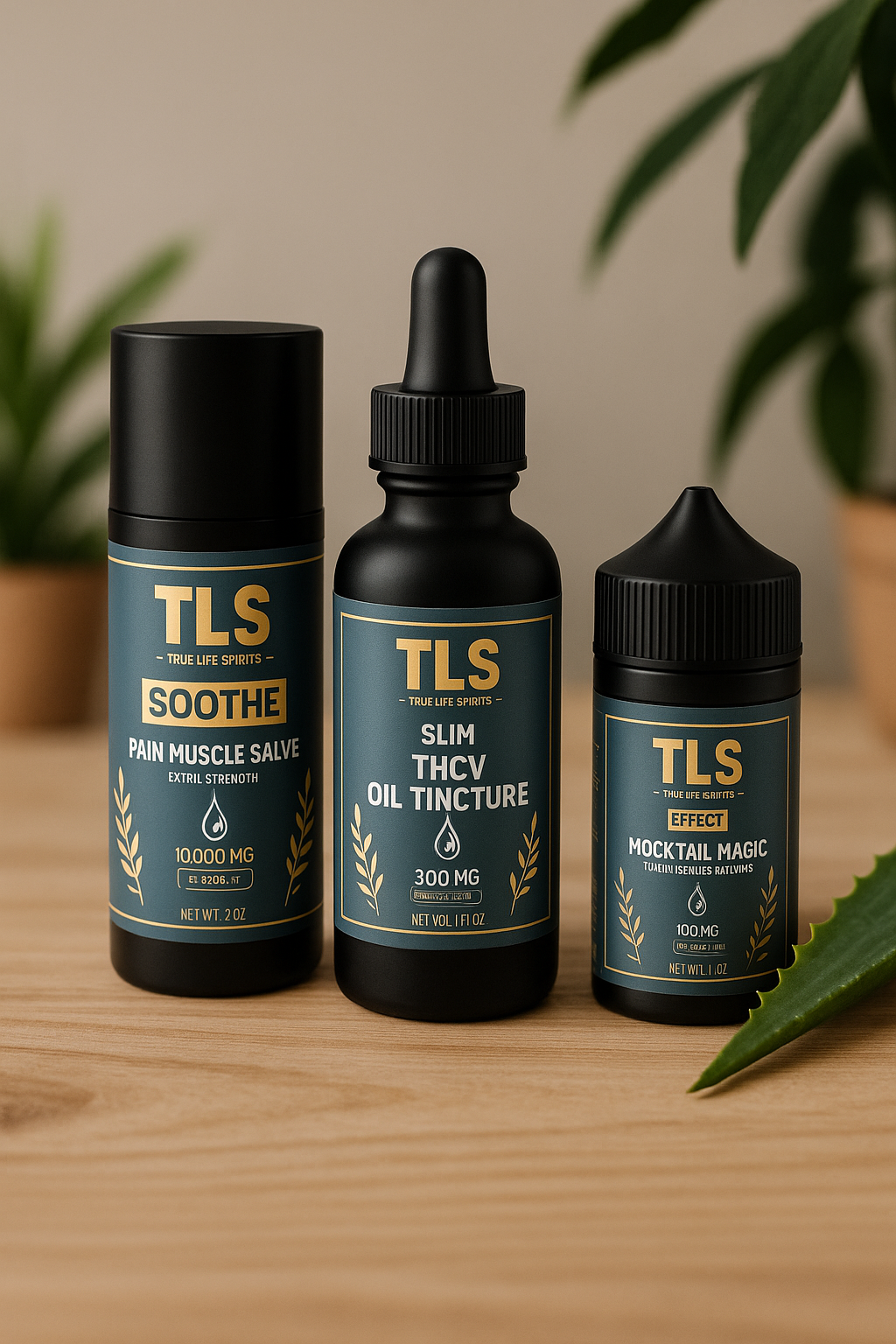
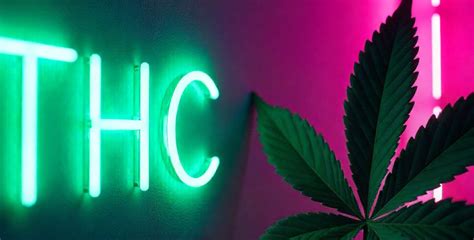
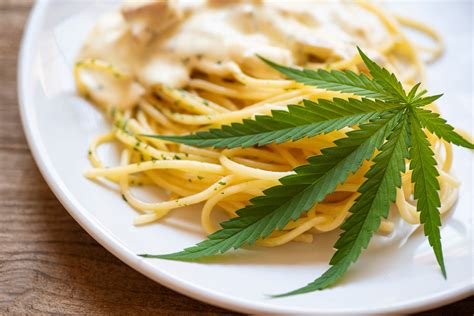
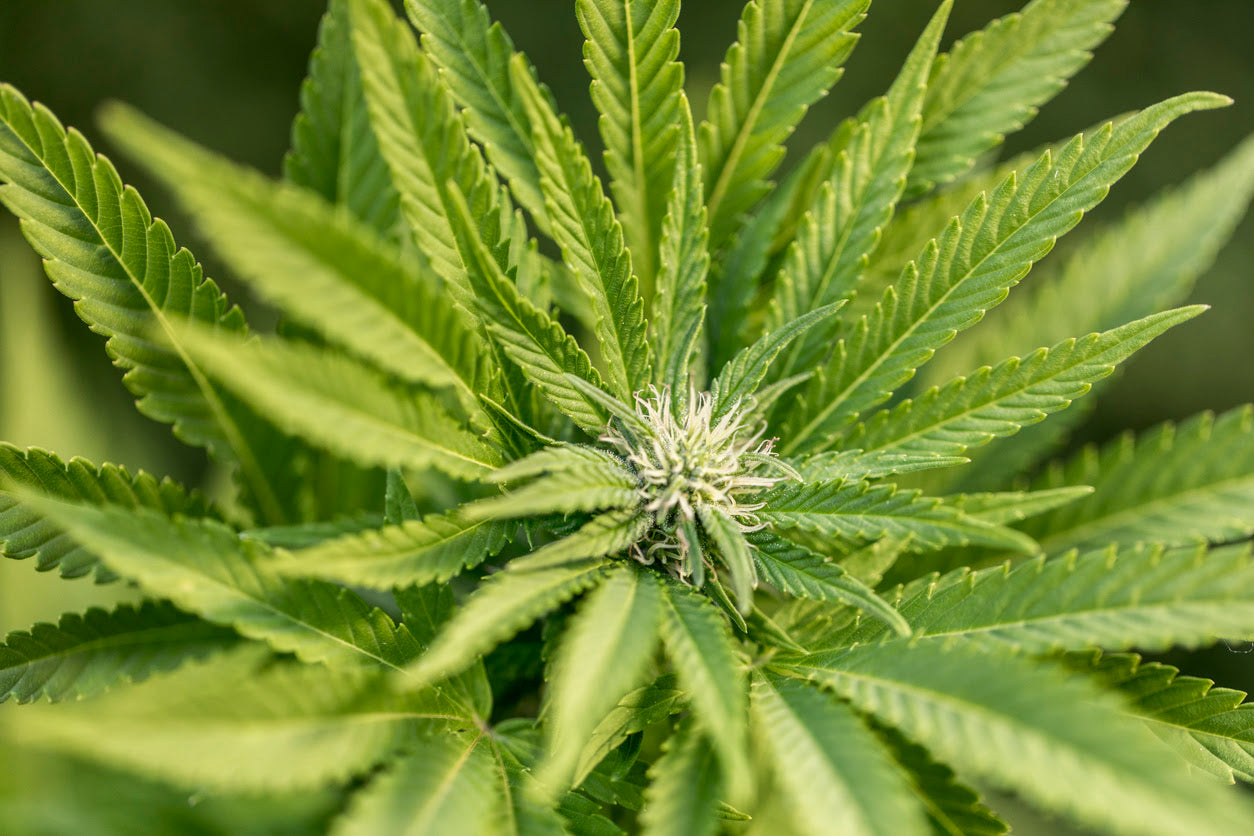
Leave a comment
This site is protected by hCaptcha and the hCaptcha Privacy Policy and Terms of Service apply.